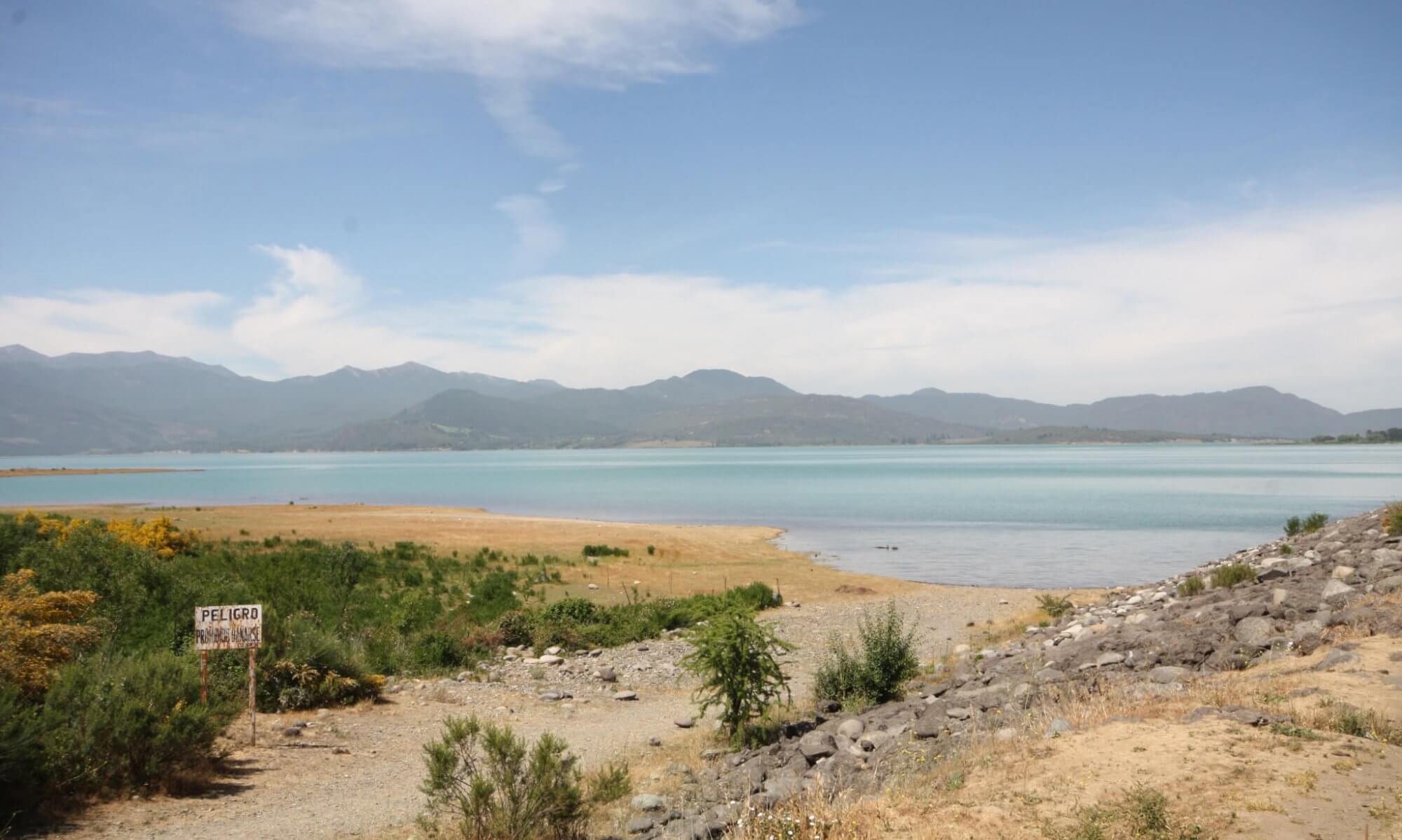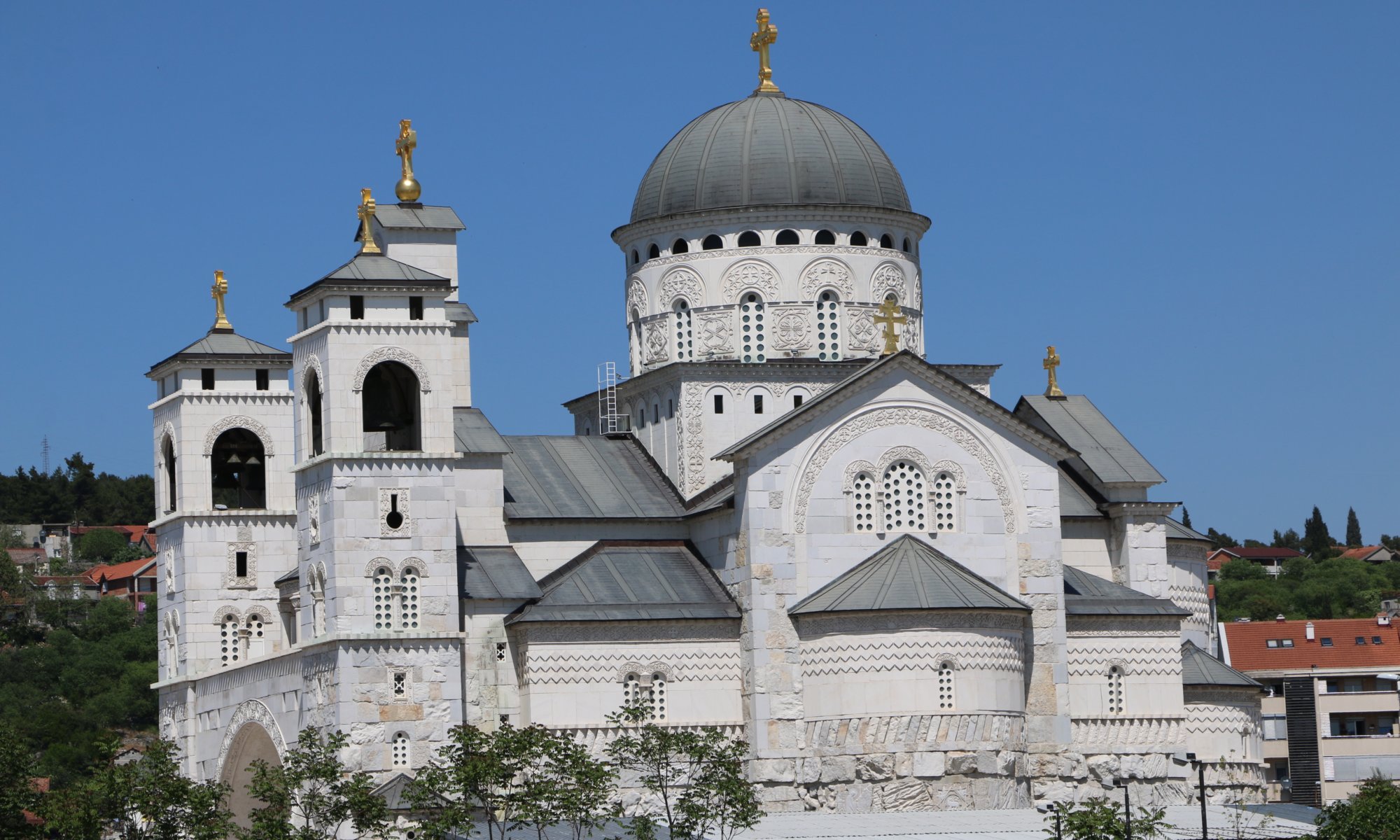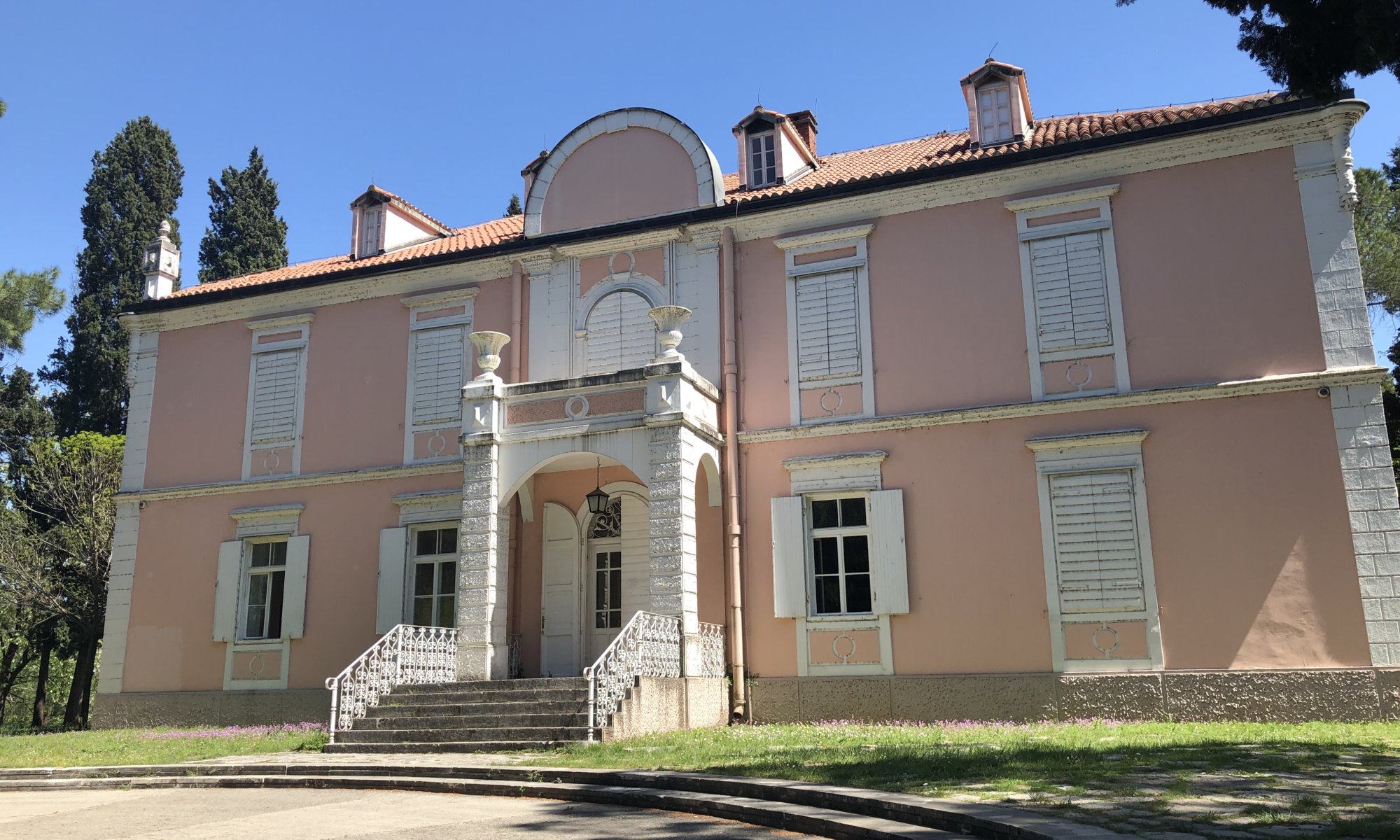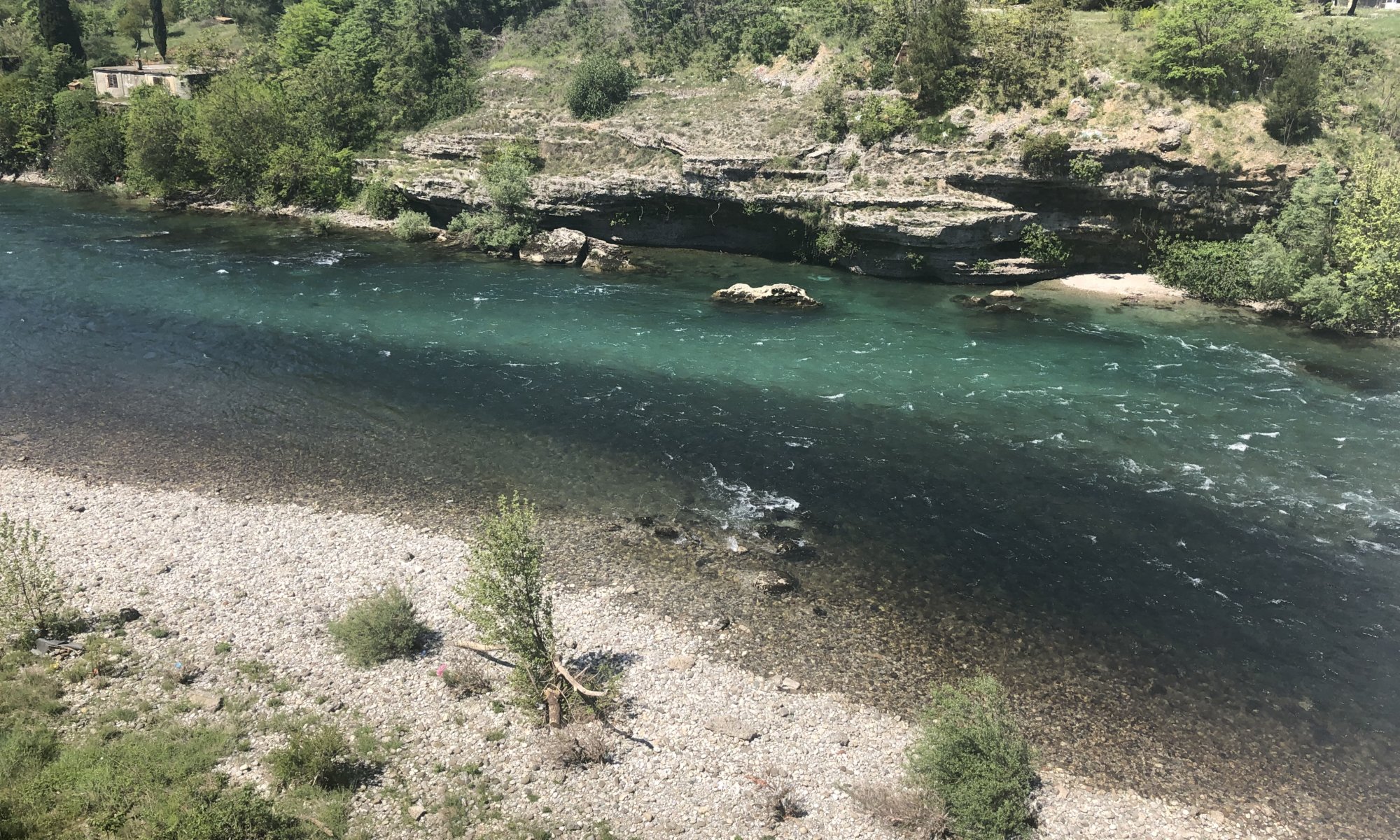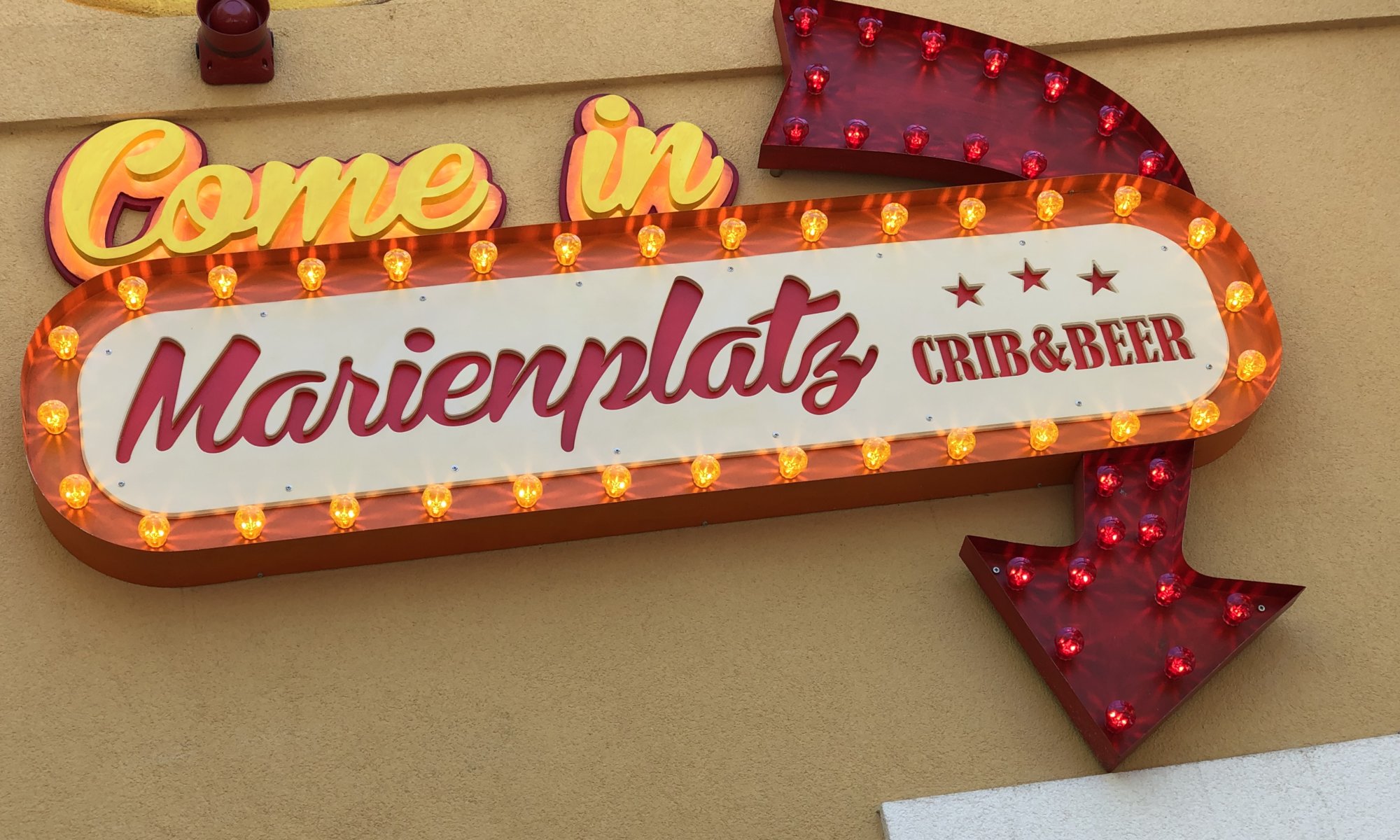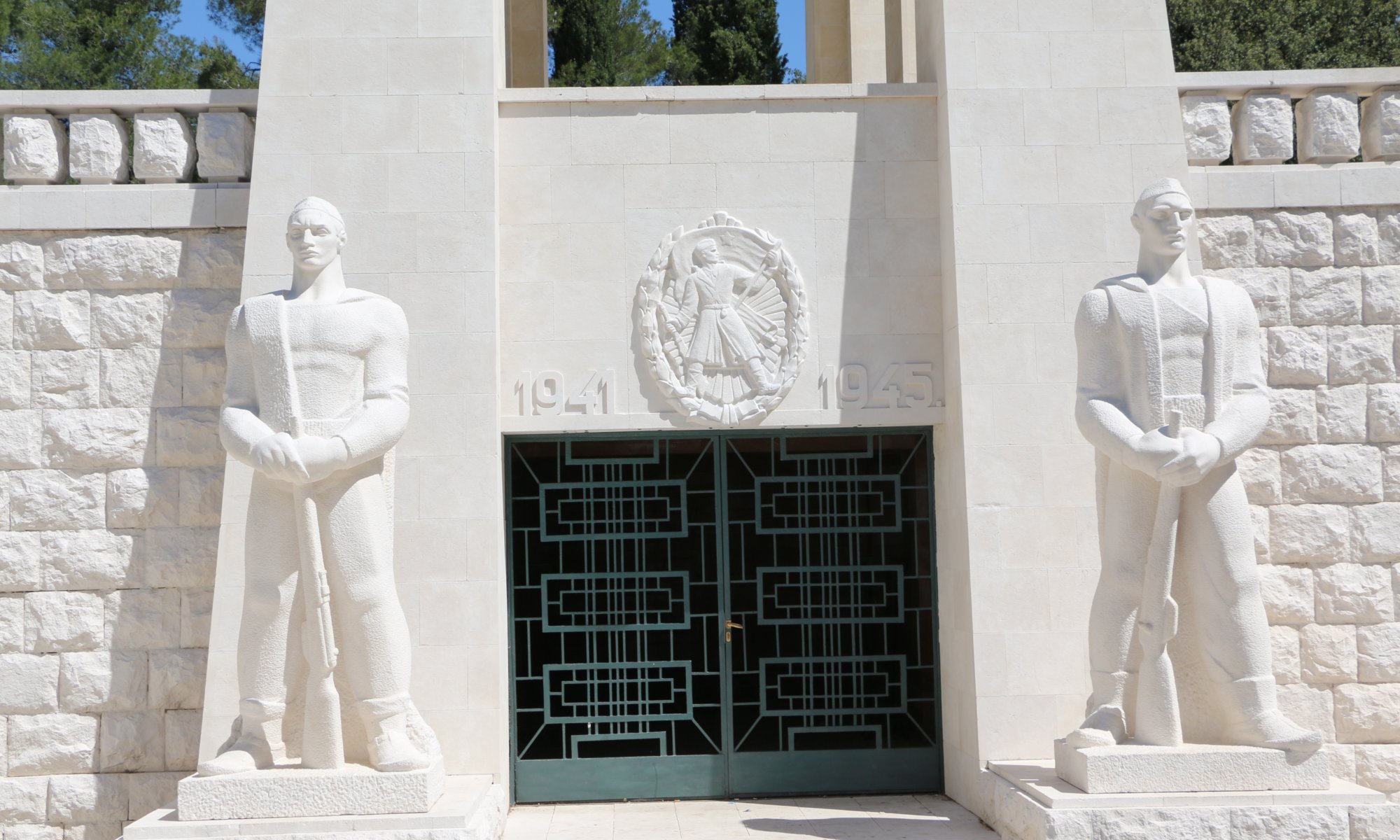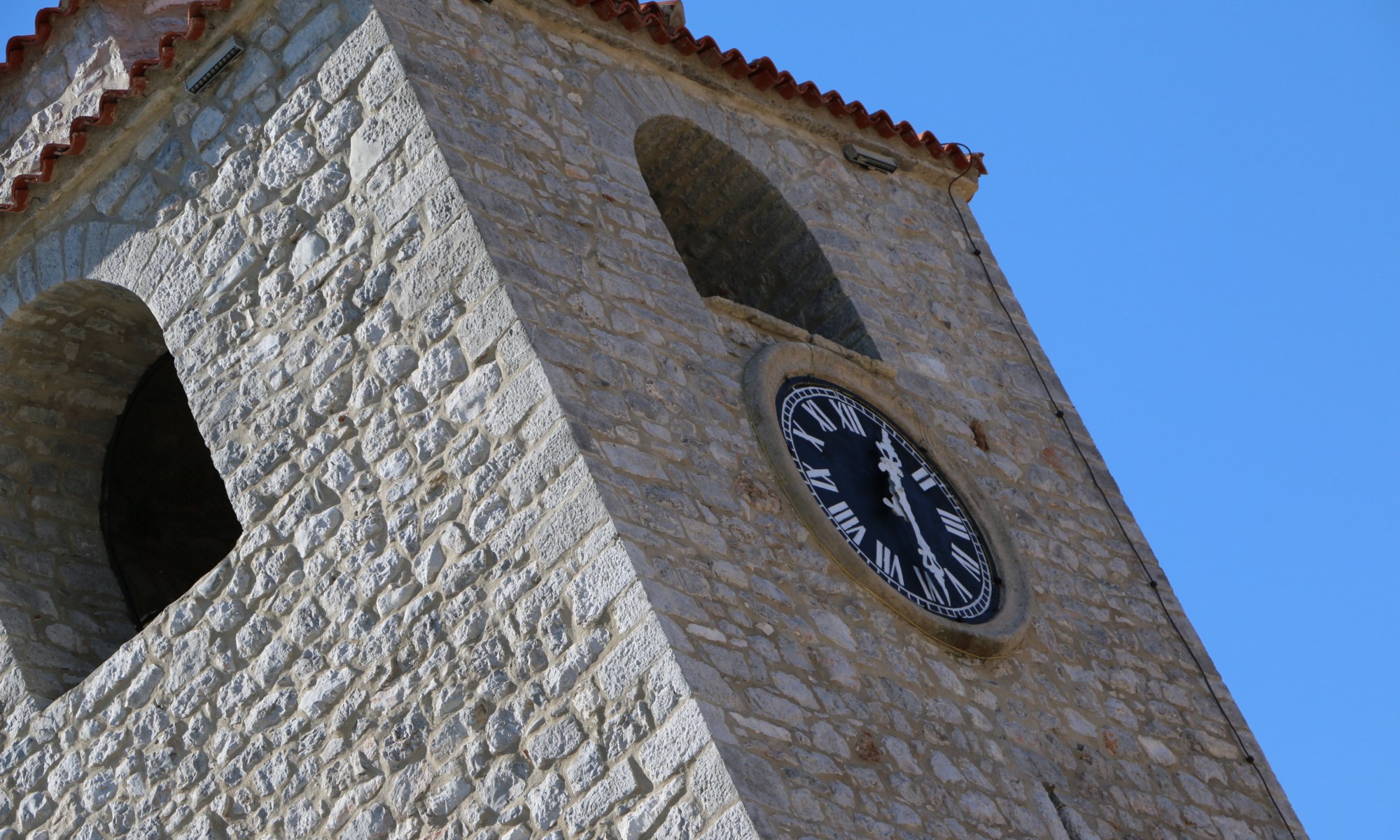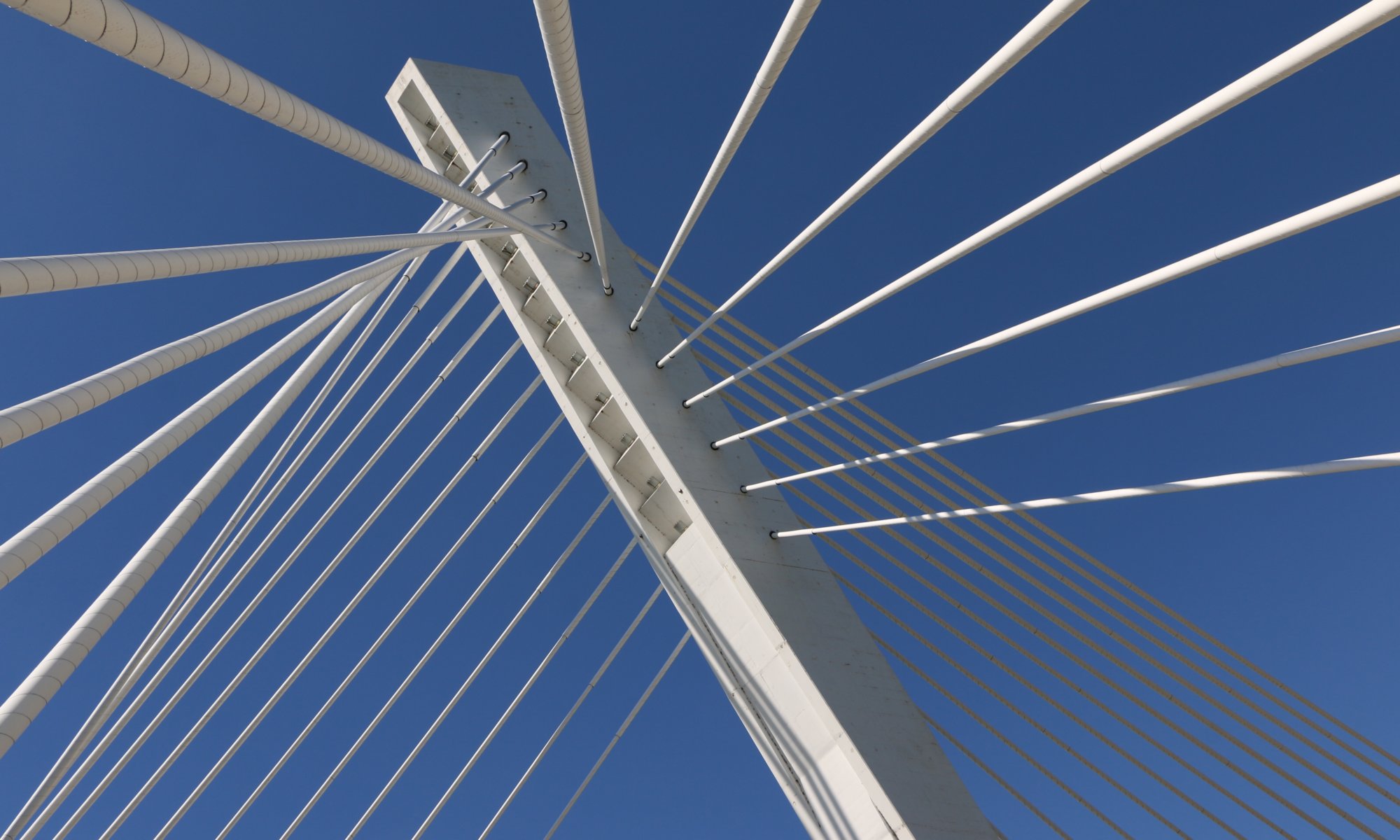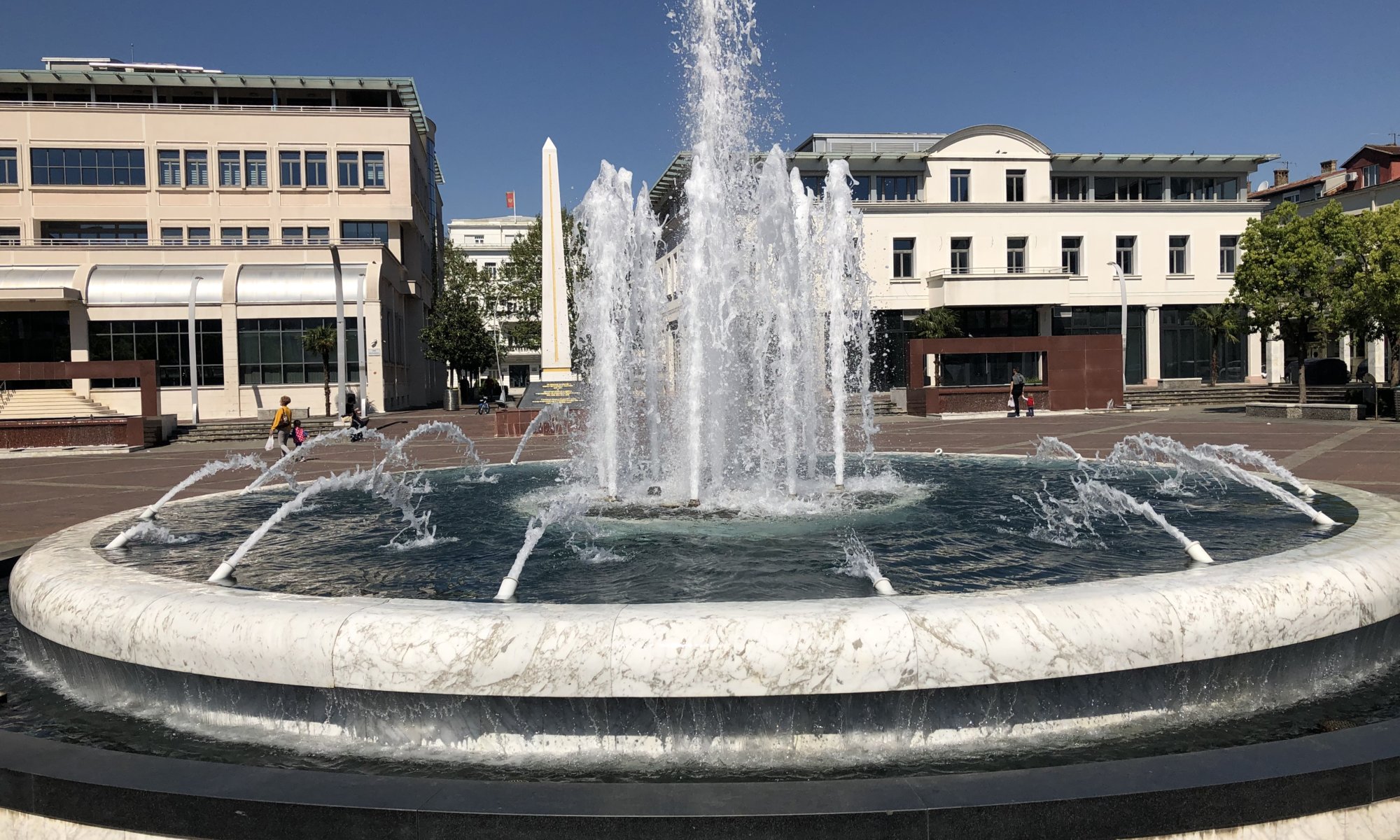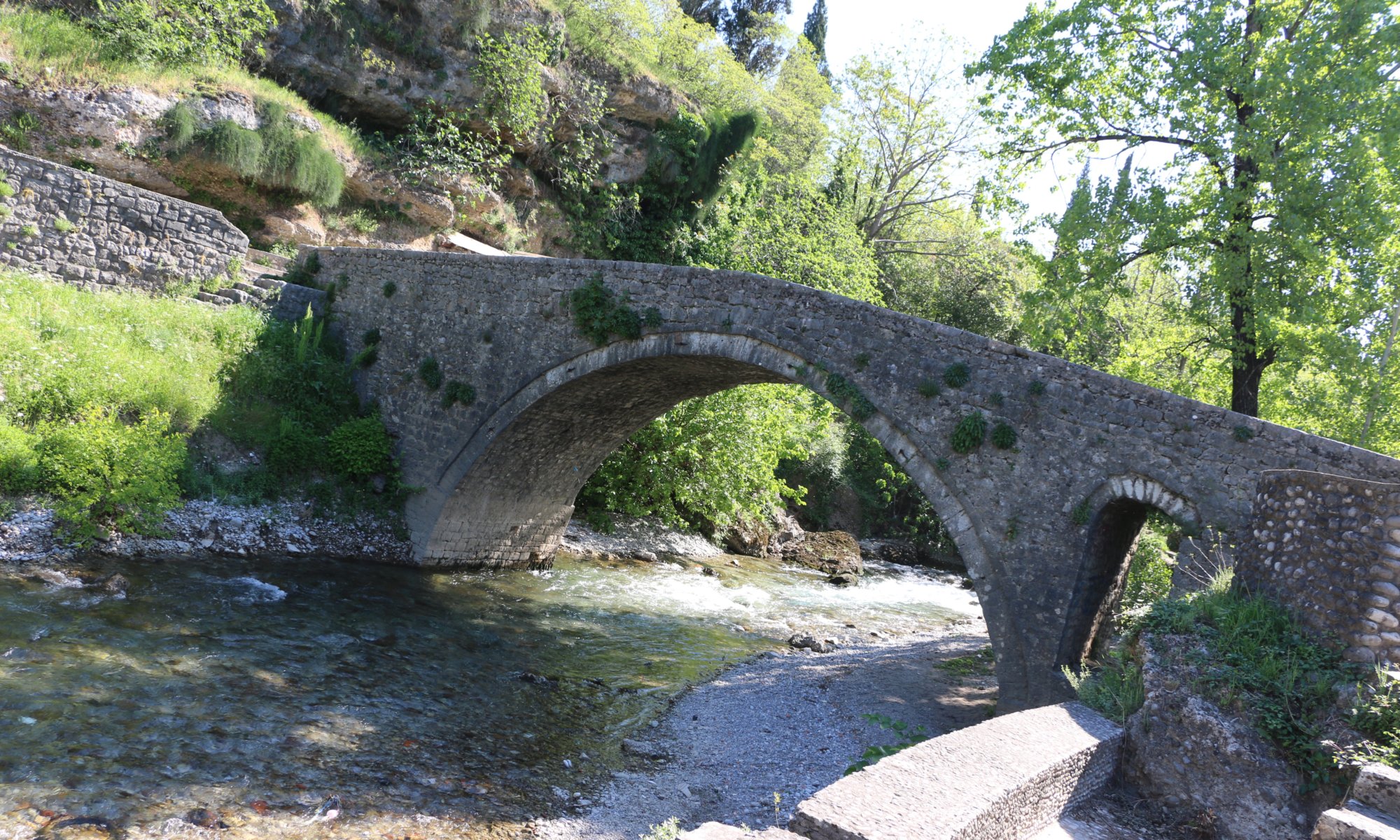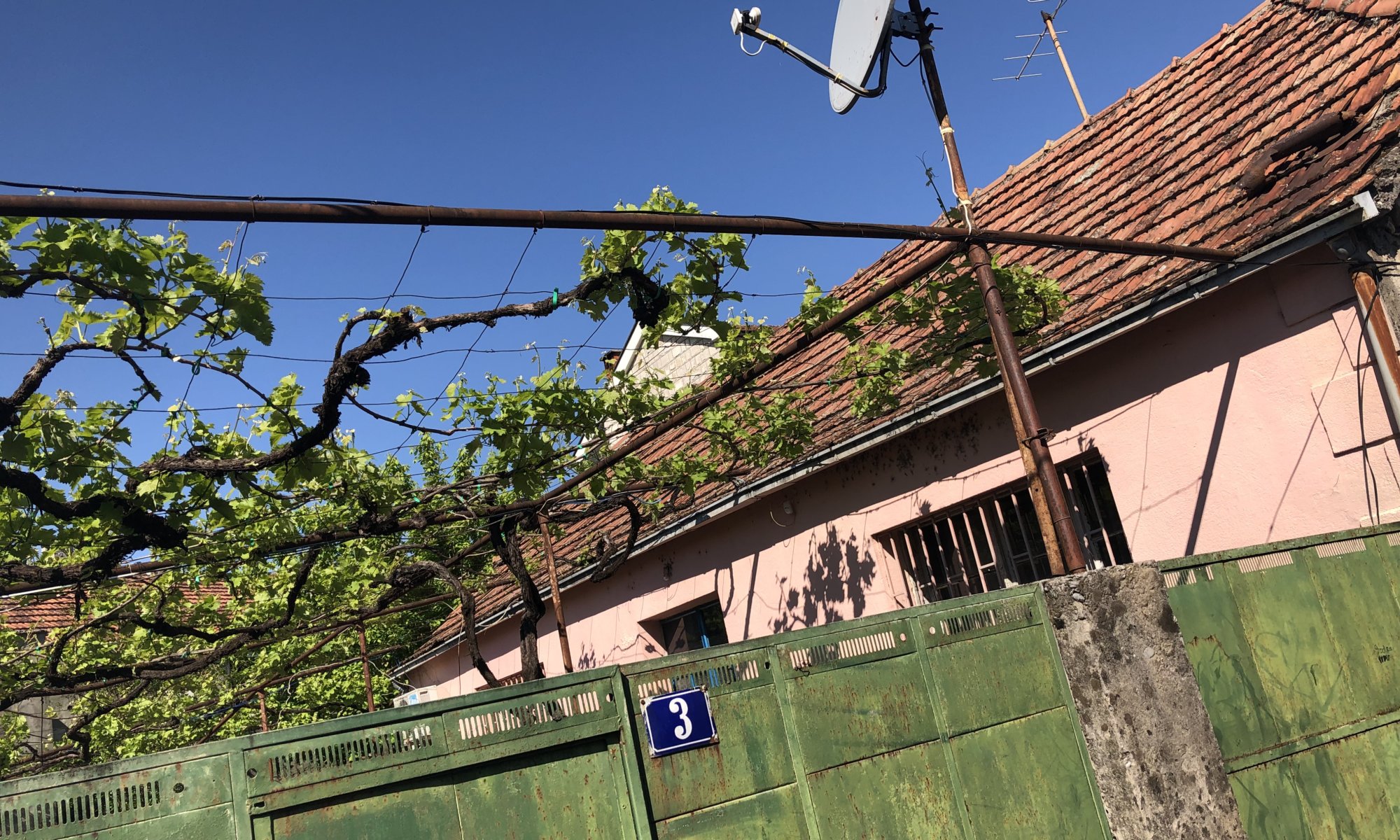The Cathedral of the Resurrection of Christ at Podgorica, Montenegro is a special one. It was consecrated only in 2013 after 10 years of construction works and belongs to the Serbian orthodox church. It is a shiny new church that comes with all the pomp an orthodox church needs to have.
Continue reading “Unusual cathedral”Dvorac Petrovića
You shouldn’t expect too much when reading about the king’s palace at Podgorica, Montenegro. It is a nice building within the Kruševac park near river Morača, it was built in 1891 and became the winter palace of king Nikola of Montenegro. Later the building was used as a school, a hospital and today it is a museum.
Continue reading “Dvorac Petrovića”Morača
The river Morača is a nearly 100 kilometers long stream at Montenegro that begins at the mountain Kapa Moračka and ends at the Lake Skadar. In fact it is the most important water source for the biggest lake of the balkans. The Morača changes its appearence from the mountains to the lake but it is the most time a river who cuts deep into the rocks. It can’t be used for shipping but it is a good place for water sports.
Continue reading “Morača”Marienplatz
Sometimes you might be missing home when you’re away. It does not happen to me, but I fully understand. At Podgorica, Montenegro Germans have the chance to cure that – because of the nice hotel, bar and restaurant called ‘Marienplatz‘ (named after that famous place at München, Germany). It is located close to the Trg Republike.
Continue reading “Marienplatz”Partisan memorial
When the inhabitants of Podgorica, Montenegro want to go for a walk and enjoy the forest they often go to a hill behind the stadium Pod Goricom. There you can have a nice walk, buy ice cream and popcorn along your way and there is also a nice garden with mediterranean plants. Another reason to get there was and is the partisan memorial ‘Spomenik Partizanu Borcu‘.
Continue reading “Partisan memorial”Sahat Kula
Close to the old Osman quarter (Stara Varoš) of Podgorica, Montenegro you can find the clocktower Sahat Kula. It is a landmark of the town and its location is no suprise as such clocktowers are not only a symbol of richness – but also of Islam. It is a 19 meters high tower made of stone built in 1667 and financed by Hadži-paša Osmanagić after whom also a mosque close-by is named.
Continue reading “Sahat Kula”Millenium bridge
The Most Milenijum is a futuristic bridge crossing river Morača within the city of Podgorica, Montenegro. Soon after its opening on Montenegro’s National Day in 2005 it become one of the towns landmarks. The bridge was designed and built by a Slovenian company and is 173 meters long.
Continue reading “Millenium bridge”Trg Republike
The main square of Podgorica, Montenegro is called Trg Republike (‘Republic square’, also called ‘independence square’) and can be found next to the government buildings. The city structure is a bit special and you won’t find the main square in the center of the city as you would expect it – there the old Osman area is located. Instead you have to go to Nova Varoš, the new town. On the square there is a large Italian fountain and a memorial in form of an obelisk.
Continue reading “Trg Republike”Ribnica
A beautiful place at Podgorica, Montenegro can be found between the old Osman quarter and the new modern city center. There the small river Ribnica floats into river Morača and next to it the ruins of the old fortress Ribnica can be found. It was built between 1474 and 1478 by the Ottomans ruleing by that time. Below the ruins you can see a wonderful old stone bridge crossing the river.
Continue reading “Ribnica”Stara Varoš
If you’re exploring a typical European city you would normally start with the old town, the ancient city center. At Podgorica, Montenegro you might be a little bit disappointed with the Stara Varoš. It is the old Osman heart of the city and is today a purely residential zone with small houses and gardens. The people seem to grow wine whereever possible but the interesting places are limited to two old mosques located there.
Continue reading “Stara Varoš”